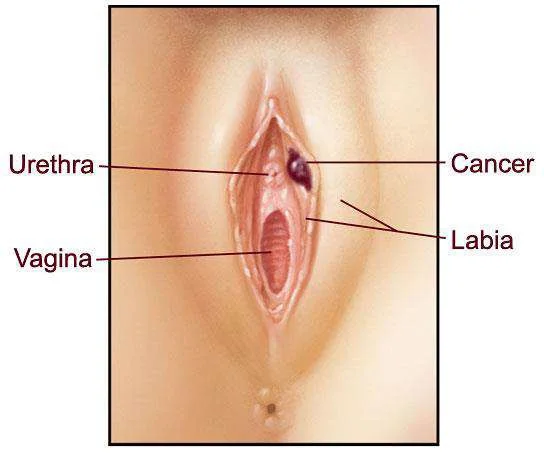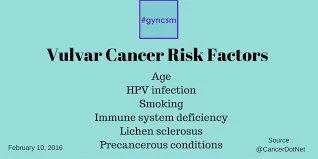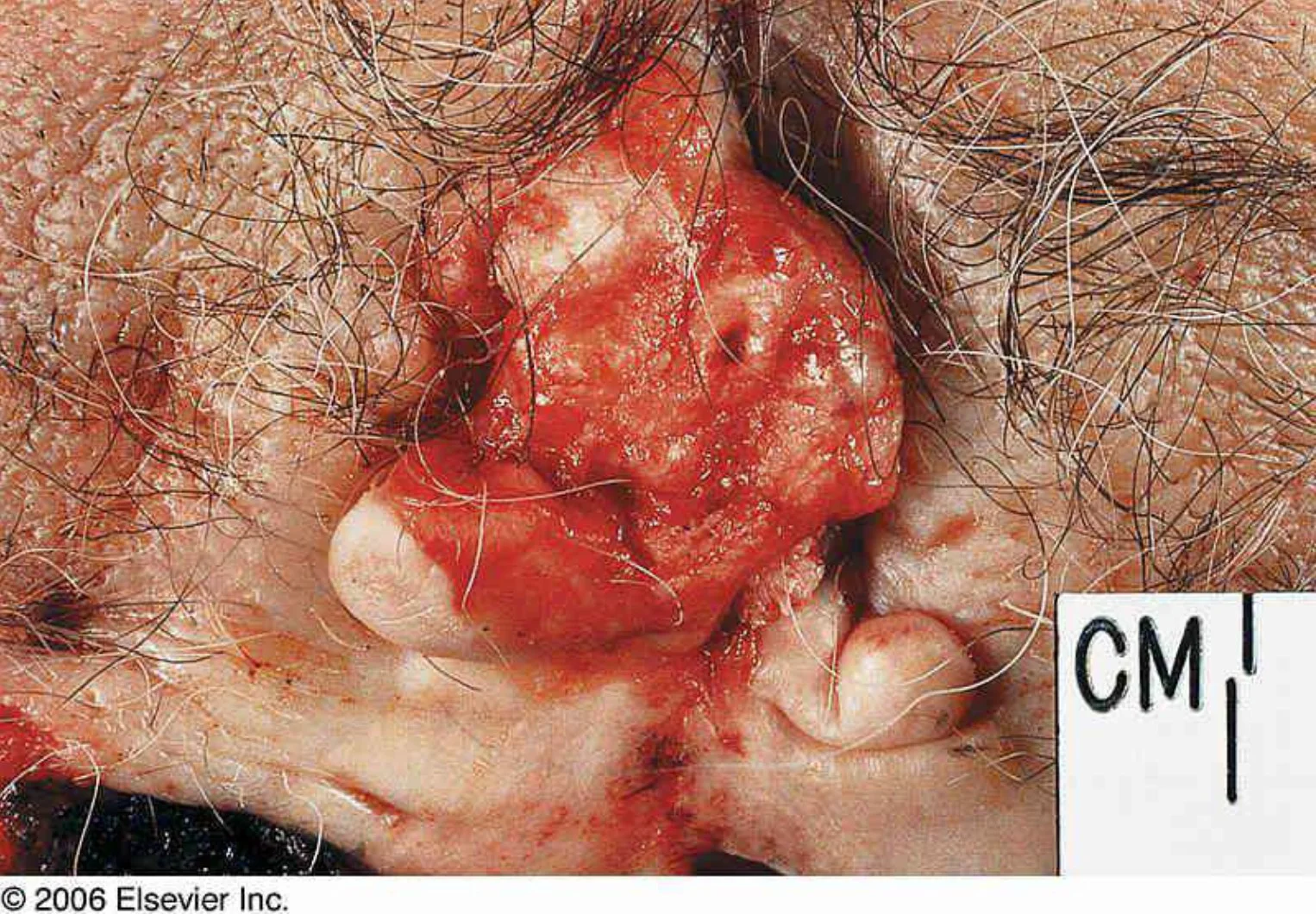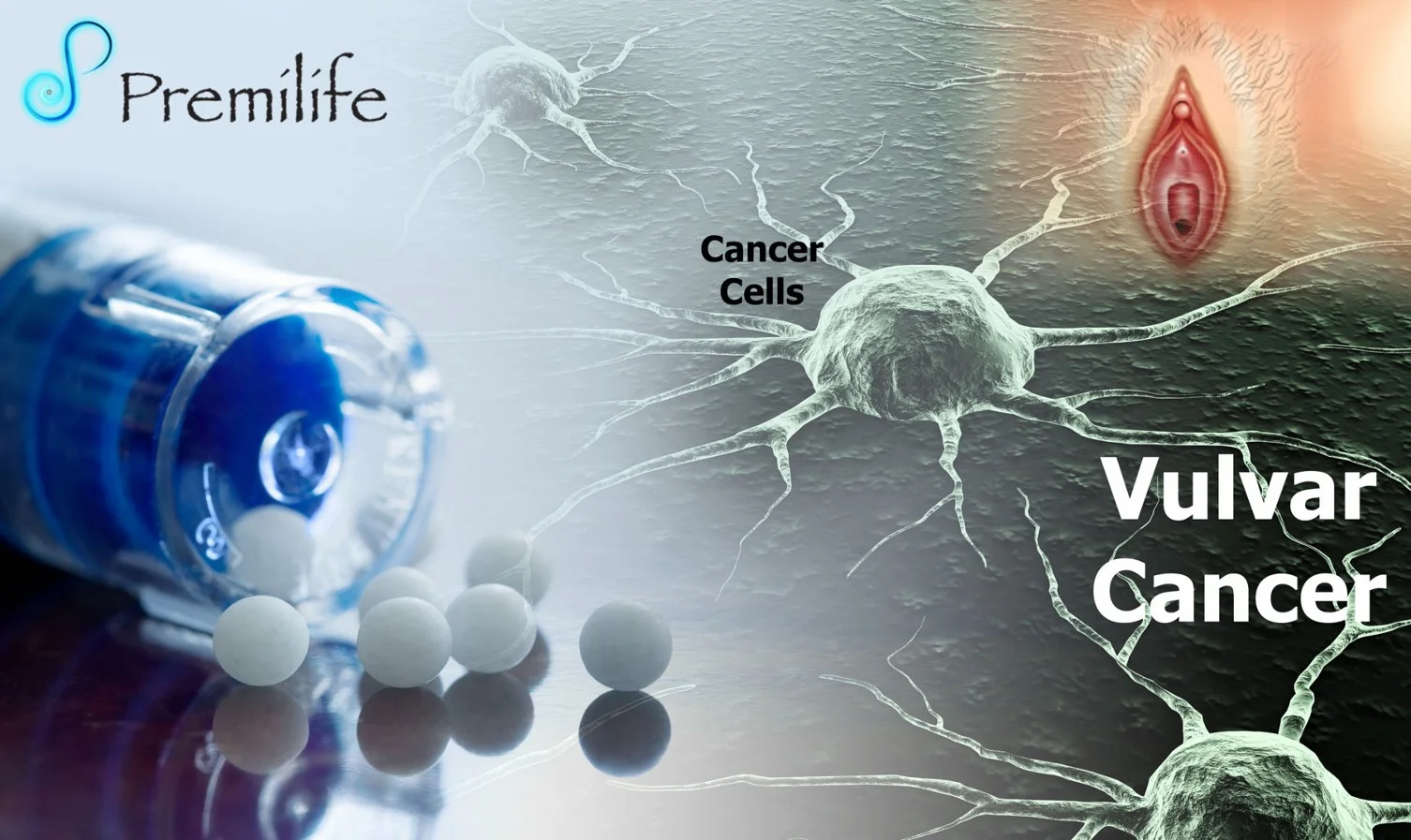Vulvar Cancer
Overview
Vulvar cancer is an abnormal neoplastic growth on the external female genitalia


Vulvar Cancer Epidemiology
- It is responsible for 0.6% of all malignancies in women and 4% of all female genital cancers.
- It is the fourth most common gynaecological cancer, after endometrial, ovarian, and cervical cancers
- It typically occurs in women between 30 and 40 years old.
Pathophysiology
- Approximately 90% of vulvar tumors are squamous cell carcinomas.
- This type of cancer forms slowly over several years and is usually preceded by precancerous changes.
- These precancerous changes are termed vulvar intraepithelial neoplasia (VIN).
Types of VIN
- The two major types of VIN are classic (undifferentiated) and simplex (differentiated).
- Classic VIN, the more common one, is associated with HPV infection
- In contrast to classic VIN, simplex VIN usually occurs in postmenopausal women and is not associated with HPV
Causes & Risk Factors
- Cigarette smoking
- Human Papilloma Virus (HPV) infection
- Immunosuppression
- Chronic vulvar conditions such as lichen sclerosus
- History of breast cancer
- Multiple sex partners
- Previous history of cervical cancer
- Previous history of HPV
- Obesity

Clinical Manifestations
- Ulcer or mass
- Pruritus is the most common presenting symptom especially if associated with vulvar dystrophy
- Vulvar bleeding or discharge
- Dysuria
- Enlarged groin lymph node

Assessment
- History
- Physical examinations
- Investigations:
- Biopsy of gross lesions
- If no gross lesion present but high clinical suspicion, perform colposcopy
Therapeutic Management
- Chemotherapy
- Radiotherapy
- Surgery
